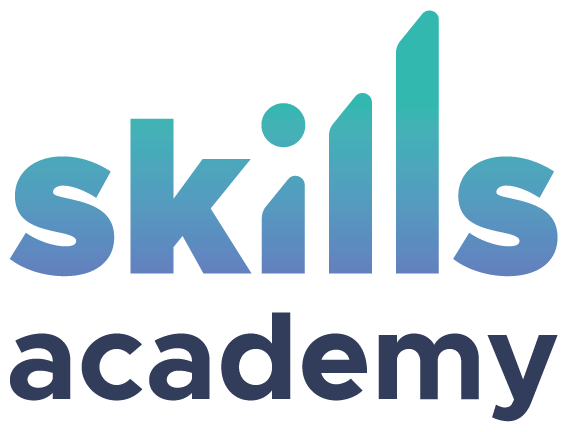Getting Recognized
This activity is not available yet. Please come back later.
Candidates for this exam should have subject matter expertise implementing the configuration and coding tasks required to create and maintain the cloud and edge portions of an IoT solution. Candidates for this exam should have a general understanding of device types and Azure services, including data storage options, data analysis, data processing, AI, and other platform as a service (PaaS) options. They must be able to program in at least one Azure IoT software development kit–supported (SDK–supported) language. Important The English language version of this exam will be updated on July 28, 2022. Please download the skills measured document below to see what’s changing. If a localized version of this exam is available, it will be updated approximately eight weeks after this date. Passing score: 700. Learn more about exam scores.
